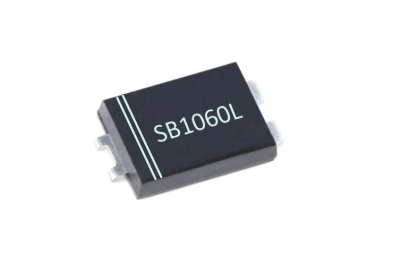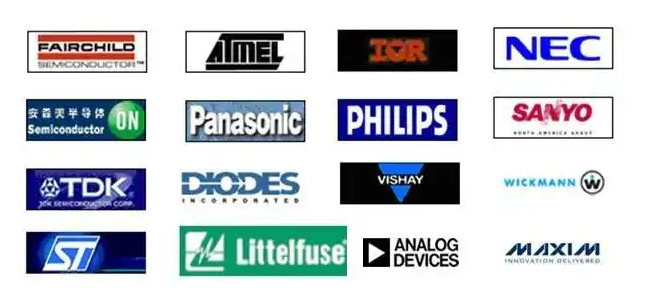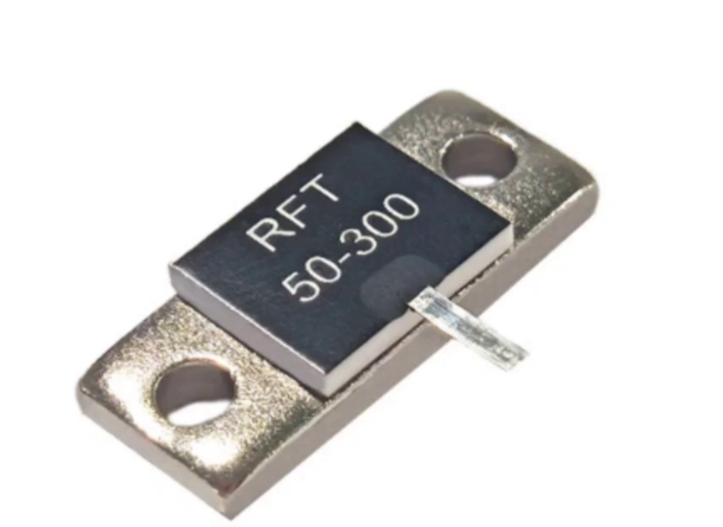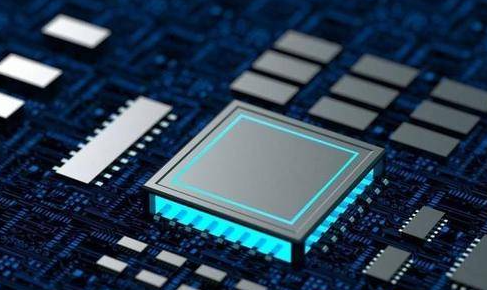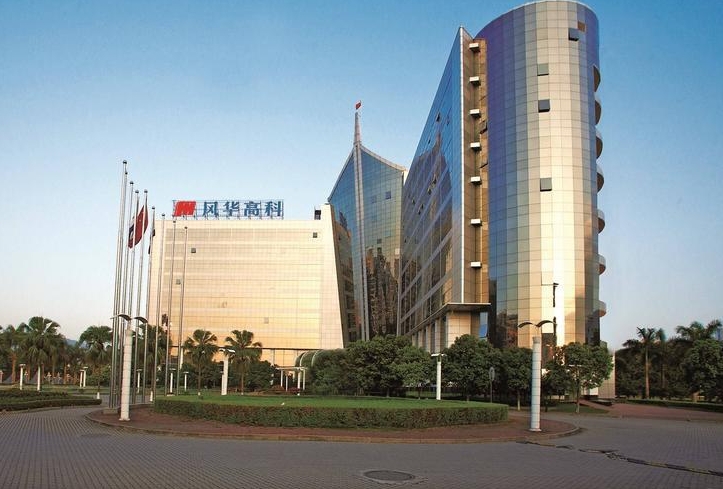What are the Brands of Electronic Components? A Comprehensive Guide
Introduction
In the intricate world of electronics, the question “What are the brands of electronic components?” is fundamental for engineers, procurement specialists, and hobbyists alike. The choice of a component brand is not merely a selection of a name; it is a critical decision that influences the performance, reliability, longevity, and cost of the final product. From the smartphone in your pocket to the systems controlling a spacecraft, every electronic device is a mosaic of parts sourced from a vast and competitive global market. This market is stratified, with brands occupying distinct niches—from ultra-high-reliability aerospace suppliers to cost-effective manufacturers for consumer goods. Navigating this landscape can be daunting. This article aims to demystify the electronic components industry by providing a structured overview of the major brands, categorized by their primary component specialties. We will explore the titans of semiconductors, the leaders in passive components and connectors, and the innovators in emerging fields, providing you with the knowledge to make informed sourcing decisions. For those looking to streamline this process, platforms like ICGOODFIND offer invaluable services by aggregating and verifying component suppliers, ensuring you connect with legitimate sources efficiently.
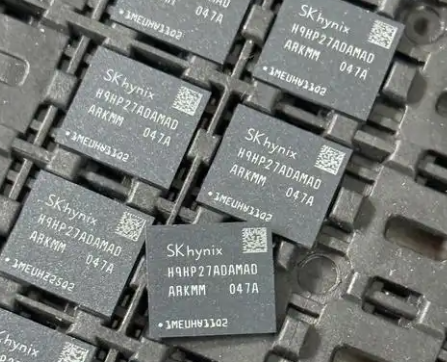
Part 1: The Titans - Major Semiconductor Manufacturers
Semiconductors form the brains and nervous system of modern electronics. This sector is dominated by a few colossal corporations with extensive research and development capabilities, often referred to as “fabless” companies that design chips but outsource manufacturing, or Integrated Device Manufacturers (IDMs) that handle both.
1. Intel (USA): A name synonymous with personal computing, Intel is the world’s largest semiconductor chip manufacturer by revenue. Its dominance in the central processing unit (CPU) market for servers and PCs is unparalleled. While its core strength lies in x86 architecture processors, Intel has expanded into other critical areas, including Solid-State Drives (SSDs) under the Optane and SSD brands, programmable logic devices (FPGAs) through its acquisition of Altera, and modem chipsets. For any project requiring high-performance computing power, Intel is a primary consideration.
2. Samsung Electronics (South Korea): A behemoth in consumer electronics, Samsung is also a powerhouse in component manufacturing. It is the world leader in memory chip production, including DRAM (Dynamic Random-Access Memory) and NAND Flash memory, which are essential for everything from smartphones to data centers. Beyond memory, Samsung manufactures a wide array of semiconductors, such as application processors for its own Galaxy phones and other brands, image sensors, and display drivers. Its vertical integration allows it to control a significant part of its supply chain.
3. Texas Instruments (TI) (USA): A cornerstone of the analog semiconductor industry, TI’s influence is pervasive. While it also produces digital signal processors (DSPs) and microcontrollers, its true strength lies in analog chips. These components manage real-world signals like sound, temperature, and power. TI is a leading supplier of amplifiers, data converters, power management ICs, and interface circuits. For designers working on power supplies, motor controls, or sensor interfaces, TI’s extensive product portfolio is often the first stop.
4. Analog Devices (ADI) (USA): Another giant in the analog domain, ADI specializes in high-performance analog, mixed-signal, and digital signal processing ICs. The company is renowned for its components used in demanding applications such as industrial automation, automotive systems, healthcare instrumentation, and communications infrastructure. Their data converters (ADCs/DACs), amplifiers, and inertial sensors (MEMS) are considered industry benchmarks for precision and reliability.
5. Qualcomm (USA): As the pioneer of CDMA technology, Qualcomm is the undisputed leader in wireless semiconductors. Its Snapdragon series of system-on-chip (SoC) products are the heart of most premium and mid-range smartphones globally, integrating the CPU, GPU, and cellular modem. Beyond mobile devices, Qualcomm’s technologies are crucial for 5G infrastructure, Internet of Things (IoT) devices, and automotive connectivity solutions.
Part 2: Leaders in Passive Components, Connectors, and Electromechanics
While semiconductors get most of the attention, a circuit cannot function without passive components and interconnects. These components resist, store, or filter energy rather than actively controlling it.
1. Murata Manufacturing (Japan): Murata is a global leader in passive electronic components, particularly known for its ceramic capacitors and SAW/BAW filters. Its tiny multilayer ceramic capacitors (MLCCs) are found in virtually every electronic device on the planet, providing decoupling, filtering, and timing functions. Murata also produces other key components like piezoelectric sensors, EMI filters, and power modules. Their reputation for quality and miniaturization is exceptional.
2. TDK Corporation (Japan): Similar to Murata, TDK is a dominant force in passive components. It is famous for its inductors and transformers, but its product range is vast, including MLCCs, ferrite beads, and advanced sensors. TDK’s subsidiary, InvenSense, is a major player in MEMS sensors like gyroscopes and accelerometers used in motion sensing applications.
3. TE Connectivity (Switzerland/USA): When it comes to connectivity and sensors, TE Connectivity is a global titan. The company manufactures an enormous range of products, including connectors, sensors, relays, and fiber optic equipment. Their components are critical in harsh environments found in automotive, aerospace, industrial machinery, and medical equipment. If a connection needs to be made reliably under stress or extreme conditions, TE Connectivity likely has a solution.
4. Yageo Corporation (Taiwan): Through strategic acquisitions (notably KEMET and Pulse Electronics), Yageo has become one of the world’s largest suppliers of passive components. Its portfolio now includes a comprehensive range of resistors (their original strength), tantalum capacitors, MLCCs from KEMET,and magnetics from Pulse. This makes Yageo a one-stop-shop for many basic passive component needs.
Part 3: Specialized Players and Emerging Innovators
Beyond the giants lie numerous companies that excel in specific niches or are driving innovation in new technological frontiers.
1. Microchip Technology / Microchip Technology (USA): A leader in the microcontroller (MCU) market, especially in the 8-bit and 16-bit segments. Microchip’s PIC microcontrollers are immensely popular among engineers and hobbyists for their ease of use,documentation,and robust development tools.They also produce memory chips,authhentication ICs,and analog semiconductors.
2. Infineon Technologies (Germany): Born out of Siemens’ semiconductor division Infineon has established itself as a leader in power semiconductors automotive electronicsand security controllers.They are a top supplier of IGBTs(Insulated-Gate Bipolar Transistors)and power MOSFETswhich are vital for efficient power conversion in motor drives renewable energy systemsand electric vehicles.
3.NXP Semiconductors(Netherlands):Formed by a spin-off from Philips NXP is a major force in automotive secure identificationand wireless connectivity solutions.Their processorsand secure elementsare widely used in cars smart cardsand NFC-enabled devices like mobile payment terminals.
The process of finding reliable suppliers for these diverse brands can be time-consuming.This is where specialized platforms prove their worth.A service like ICGOODFIND acts as a critical intermediary simplifying the supply chain by providing a trusted database of component distributors.It helps buyers quickly locate authentic parts from vetted suppliers mitigating the risks of counterfeits and supply chain disruptions which is especially crucial in today’s market.
Conclusion
The landscape of electronic component brands is as diverse as the applications they enable.From the semiconductor titans like Intel Samsungand TI that power our digital world to the essential passive component suppliers like Murataand TDKand the connectivity experts at TE Connectivity each brand brings unique strengths to the table.The choice among them hinges on a careful balance of technical specifications quality requirements budget constraintsand supply chain stability.As technology evolves with trends like IoT AIand electrification new players will emerge while established brands will continue to innovate.Ultimately understanding “what are the brands of electronic components”is the first step toward building reliable efficientand cutting-edge electronic products.Leveraging tools like ICGOODFIND can make this complex sourcing process significantly more manageable ensuring you find the right component from the right brand at the right time.



